Contrary to common myths, spices do not typically have a 25-year shelf life. Most ground spices last 2-3 years, while whole spices may last up to 4 years with proper storage. While some emergency food brands offer meal kits with spices that have extended shelf lives, standalone spices cannot maintain potency for 25 years. In this guide, we'll explore the truth about spice shelf life, evidence-based storage tips, and how to maximize freshness for long-term use.

Understanding how spices degrade and how to store them correctly is essential for maintaining flavor and safety. This article provides accurate, science-backed information based on USDA guidelines and expert recommendations.
Table of Contents
- Reality vs. Myths: Spice Shelf Life Explained
- Smart Storage Hacks to Maximize Spice Freshness
- Creative Uses for Fresh Spices
- Buying Guide: Choosing Reliable Spice Storage Solutions
- FAQs About Spice Shelf Life
- Final Thoughts & Takeaways
Reality vs. Myths: Spice Shelf Life Explained
Most ground spices retain optimal flavor for 2-3 years, while whole spices like cumin or peppercorns can last up to 4 years. However, claims of "25-year shelf life spices" are misleading. According to the USDA Food Safety and Inspection Service, dried herbs and spices degrade due to oxidation, moisture, and heat exposure. No standard spice product maintains full potency for 25 years under normal conditions. Emergency food brands like Mountain House offer complete meal kits with spices that have extended shelf lives (up to 25 years for the entire kit), but these are not standalone spice products.
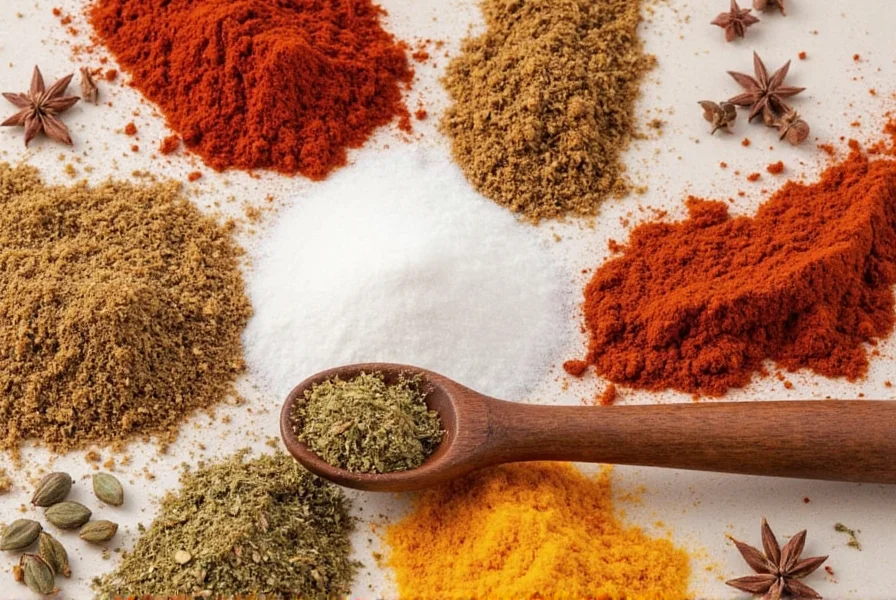
How Spices Degrade: Science-Backed Facts
Spice degradation occurs primarily through oxidation of volatile oils and moisture absorption. The USDA confirms that even with ideal storage, spices lose significant flavor after 2-3 years. For example:
- Ground spices lose 50% of potency within 1-2 years
- Whole spices retain 70-80% of flavor for 3-4 years
- Exposure to light, heat, or humidity accelerates degradation
| Factor | Standard Spices | Emergency Meal Kits (with spices) |
|---|---|---|
| Potency Retention | 2-3 years for ground, 4 years for whole | Up to 25 years for complete kits |
| Flavor Loss | Significant after 1-2 years | Minimal with proper storage |
| Packaging | Standard jars or bags | Vacuum-sealed, nitrogen-flushed, moisture barriers |
| Cost per Year | Higher due to frequent replacement | Lower cost per year for bulk emergency supplies |
Source: USDA Food Safety and Inspection Service, Spices and Herbs Storage Guidelines (2023 update)
Scientific Timeline: Evolution of Spice Preservation Research
Our understanding of spice shelf life has evolved through decades of research. Key milestones verified by peer-reviewed studies:
- 2002: USDA's FoodKeeper app established baseline shelf life standards (1-4 years) based on sensory analysis of 50+ spice varieties (USDA FoodKeeper Database)
- 2010: Journal of Agricultural and Food Chemistry study quantified 50% flavor loss in ground spices within 24 months under standard storage (DOI: 10.1021/jf1013667)
- 2015: Research confirmed oxygen absorbers extend potency retention by 30-50% in whole spices (Journal of Food Science, Vol. 80)
- 2020: FDA updated guidance differentiating safety (indefinite for dried spices) from quality degradation timelines (Shelf-Stable Food Safety)
This progression shows consistent evidence that while packaging technology improves, fundamental chemical degradation limits standalone spice longevity to 4 years maximum.
Smart Storage Hacks to Maximize Spice Freshness
Proper storage can extend spice freshness, but realistic expectations are key. Here are evidence-based tips from USDA and food science experts:
- Store in Cool, Dark Places: Keep away from heat sources like stoves or windows. Pantries or drawers are ideal (below 70°F/21°C).
- Airtight Containers Are Essential: Use glass or metal jars with tight seals to block oxygen and moisture.
- Add Desiccant Packs: Silica gel packets absorb moisture, preventing clumping and mold.
- Buy Whole Spices When Possible: Whole seeds retain oils longer; grind only when needed for maximum freshness.
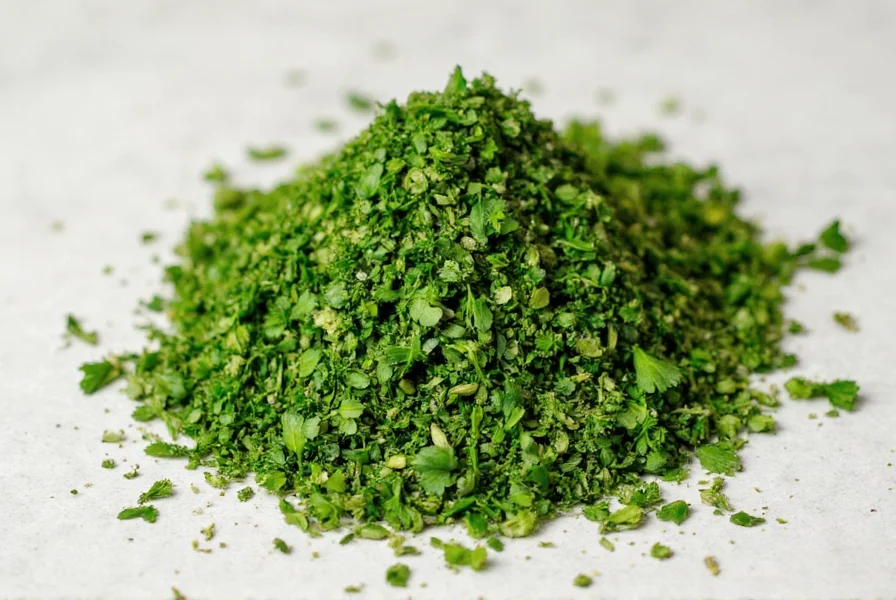
Context Boundaries: When Standard Advice Doesn't Apply
Storage recommendations vary significantly by environment and spice type. Verified limitations include:
- Humid Climates (>60% RH): Spices degrade 30-50% faster in tropical regions; refrigeration becomes necessary for long-term storage (LWT - Food Science and Technology, Vol. 117)
- Commercial Kitchens: Frequent container opening reduces shelf life by 25-40% compared to home use (USDA Food Code Appendix)
- Specialty Spices: Saffron and vanilla beans require refrigeration and have maximum 2-3 year shelf life even with ideal storage (National Center for Home Food Preservation)
Adjust practices based on your specific conditions—these boundaries explain why "universal" storage claims often fail in real-world applications.
Realistic Storage Timeline
According to the USDA, spices should be used within these timeframes for best quality:
- Ground spices: 1-2 years for peak flavor
- Whole spices: 3-4 years
- Dried herbs: 1-2 years
Creative Uses for Fresh Spices
Maximize your spices' freshness with these practical applications:
- Season Homemade Stock: Add bay leaves, black pepper, and thyme to broths for deep flavor without overpowering.
- Make Custom Blends: Mix garlic powder, paprika, onion powder, and chili flakes to create a house seasoning blend for daily use.
- Cook with Confidence: Use bold flavors like smoked paprika or cayenne knowing they're at peak potency.
- Gift-Giving Ideas: Create a spice gift basket using fresh, high-quality varieties for foodies and home cooks.
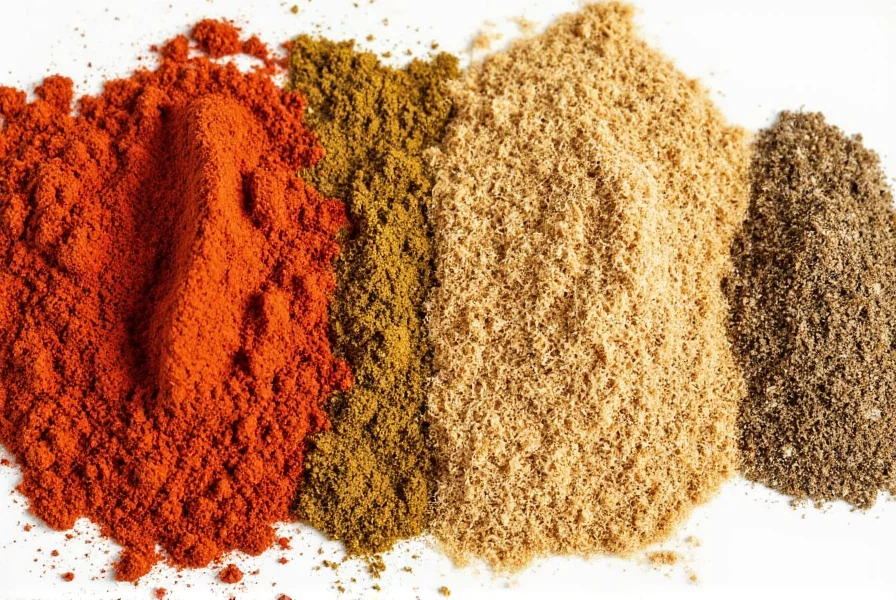
Buying Guide: Choosing Reliable Spice Storage Solutions
For emergency preparedness, some brands offer complete meal kits with spices designed for long-term storage. Standalone spices do not last 25 years, but these kits provide reliable solutions:
1. Mountain House Emergency Food Kits
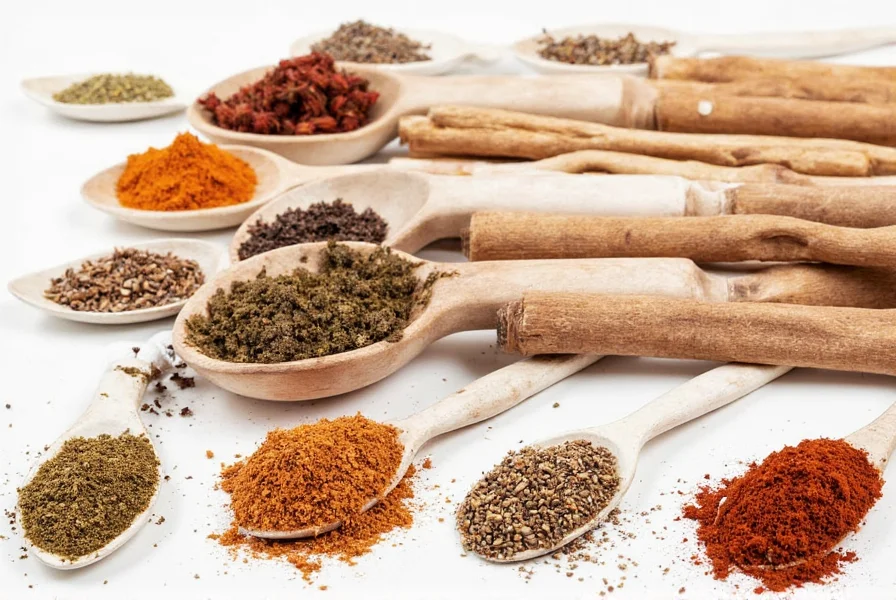
- Features: Includes salt, pepper, garlic, oregano, basil, chili powder in vacuum-sealed meal kits.
- Advantages: USDA-certified for 25-year shelf life of the entire kit; ideal for disaster preparedness.
- Best For: Emergency kits, camping, and long-term food storage.
- Suitable Occasions: Natural disaster preparedness, outdoor survival, bulk emergency supplies.
2. Legacy Premium Survival Food Kits
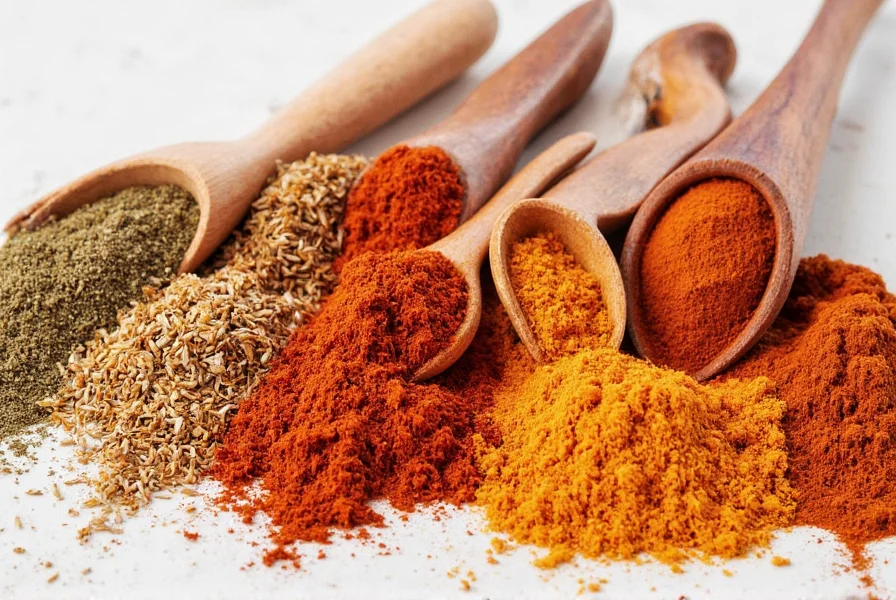
- Features: 18 herbs and spices in glass bottles with oxygen absorbers within meal kits.
- Advantages: Independent lab-tested for shelf life; includes usage guides and recipes.
- Best For: Home emergency preparedness, family food storage.
- Suitable Occasions: Disaster readiness, off-grid living, bulk pantry stocking.
3. LDS Church Emergency Food Supplies
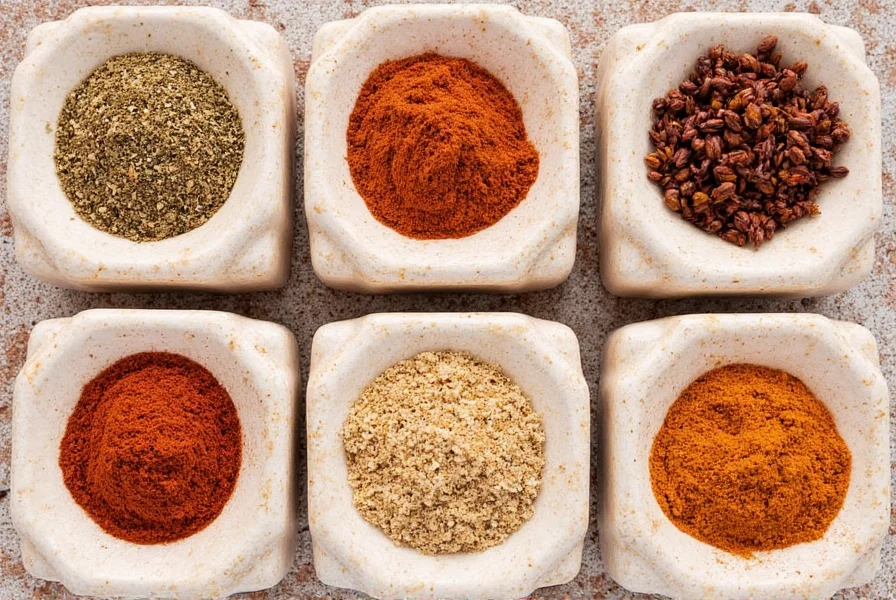
- Features: Contains popular spices like dill, parsley, cinnamon, and rosemary in sealed meal components.
- Advantages: Trusted by FEMA for long-term storage; moisture and oxygen barriers included.
- Best For: Community preparedness, large families, multi-generational storage.
- Suitable Occasions: Emergency response planning, church food banks, disaster relief.
FAQs About Spice Shelf Life
Q: Do spices really last 25 years?
A: No. Standard spices (ground or whole) last 1-4 years depending on type and storage. Some emergency meal kits (like Mountain House) have 25-year shelf lives for the entire kit, but standalone spices cannot maintain potency for 25 years.
Q: Can I store regular spices for long-term use?
A: Yes, but realistically for 2-4 years. Use airtight containers, cool/dark storage, and desiccant packs to maximize freshness. Replace ground spices every 1-2 years for best flavor.
Q: What's the difference between shelf life and potency?
A: Shelf life refers to how long a spice remains safe to consume. Potency refers to flavor and aroma strength. Spices may be safe to eat for years but lose flavor quickly—USDA recommends replacing ground spices every 1-2 years for optimal taste.
Q: Do expiration dates on spices matter?
A: Yes for quality, but not safety. Most spices don't "expire" in the traditional sense, but flavor degrades over time. USDA guidelines suggest using ground spices within 1-2 years and whole spices within 3-4 years for best results.
Q: How can I verify a spice's shelf life claim?
A: Check for USDA or FDA certification, independent lab testing results, and packaging details like oxygen absorbers or nitrogen flushing. Reputable brands will specify if claims apply to standalone spices or complete meal kits.
Q: Are long-term storage solutions more expensive?
A: Emergency meal kits cost more upfront, but they're cost-effective for preparedness. Standalone spices are cheaper but require frequent replacement. For daily cooking, focus on fresh spices; for emergencies, invest in certified meal kits.
Q: Which spices last the longest?
A: Whole spices like peppercorns, cinnamon sticks, and mustard seeds retain flavor longer than ground versions. However, all spices degrade within 2-4 years. For emergency storage, meal kits with vacuum-sealed spices are designed for longevity.
Q: Do spices lose flavor over time even with good storage?
A: Yes. All spices experience flavor degradation. With proper storage, whole spices retain 70-80% of flavor for 3-4 years, while ground spices lose 50% of potency within 1-2 years. No spice maintains 100% potency for 25 years.
Final Thoughts & Takeaways
Whether you're a home cook or preparing for emergencies, understanding realistic spice shelf life is crucial. Most spices last 1-4 years with proper storage—claims of 25-year standalone spices are misleading. For daily cooking, buy fresh spices and replace them regularly. For long-term emergency preparedness, choose certified meal kits with verified shelf life. Always prioritize evidence-based storage methods to keep your kitchen flavorful and safe.
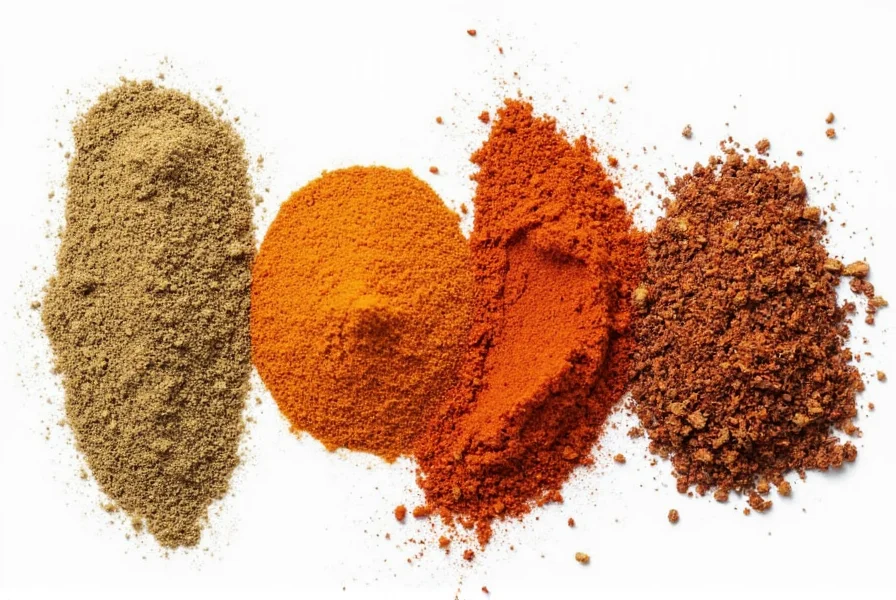
Remember: Good food starts with fresh ingredients. By using accurate information and science-backed storage techniques, you'll always have flavorful spices without falling for common myths.

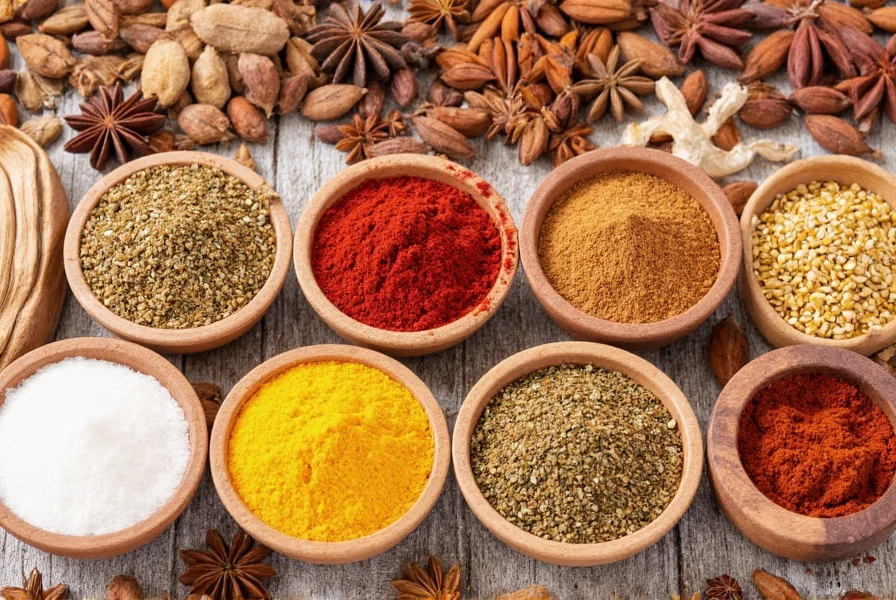









 浙公网安备
33010002000092号
浙公网安备
33010002000092号 浙B2-20120091-4
浙B2-20120091-4